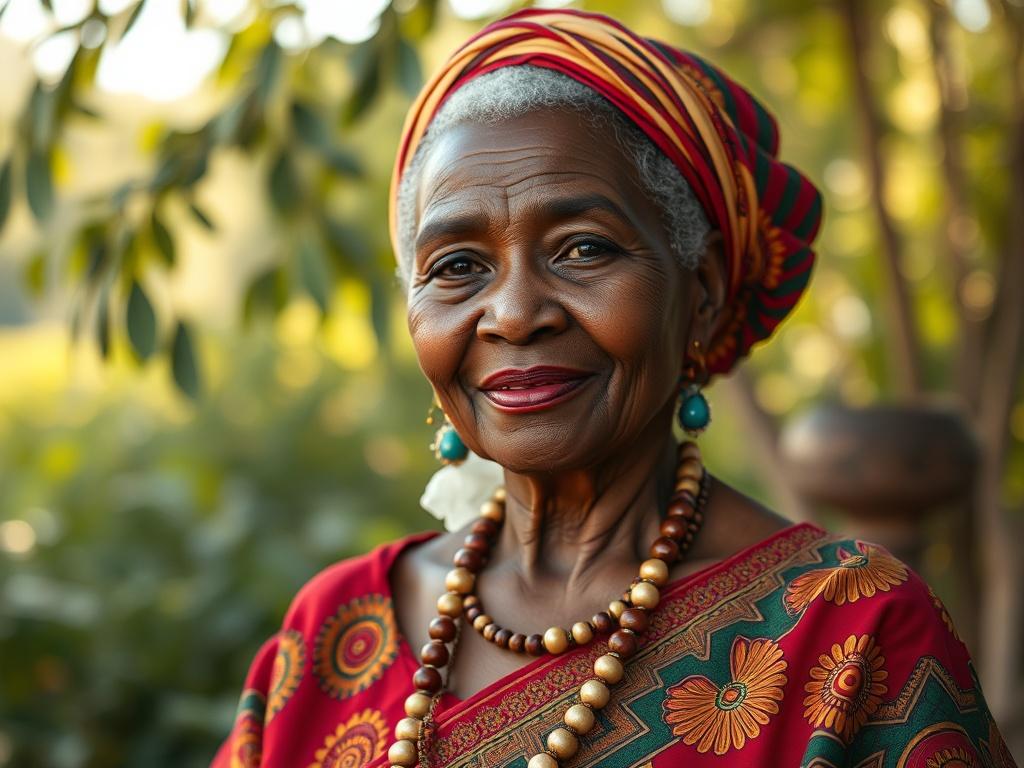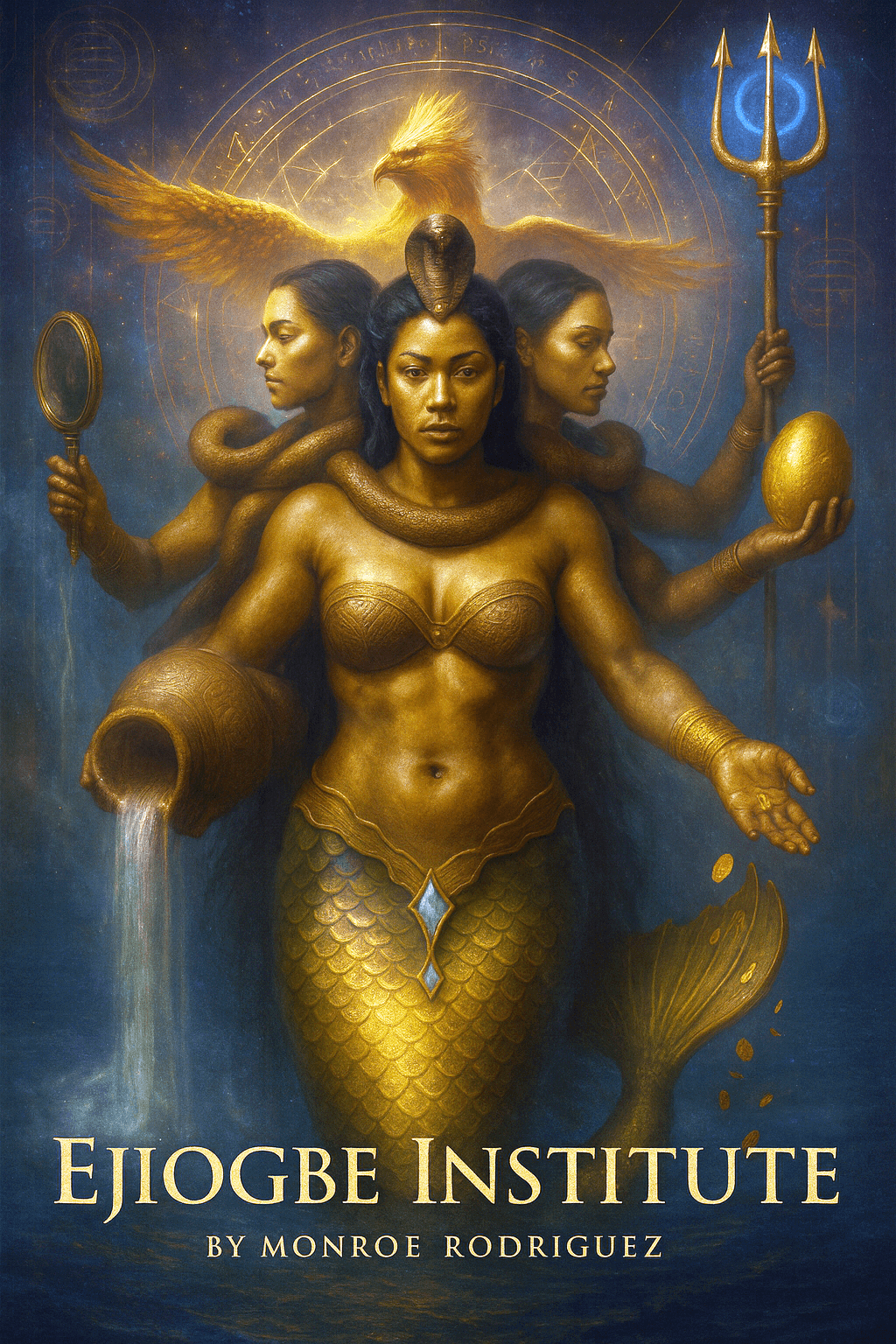
From Sacred Songs to Global Access: How to Bridge Generations Without Losing Authenticity
In communities across the world, a sacred tension exists between preserving ancestral wisdom and ensuring it reaches the hearts of younger generations. Our elders carry melodies, prayers, and teachings that have traveled through centuries, yet these precious voices often struggle to find resonance in our rapidly digitizing world. The challenge isn't simply about translation or recording: it's about maintaining the spiritual essence and cultural authenticity while creating pathways for global access and intergenerational connection.
This delicate balance requires more than good intentions. It demands thoughtful approaches that honor the sanctity of tradition while embracing the tools that can amplify ancestral voices across continents and generations. When we succeed, we create bridges that allow wisdom to flow freely between past and present, ensuring that sacred knowledge remains both protected and accessible.
Understanding the Sacred Nature of Cultural Transmission
Cultural transmission through oral tradition represents one of humanity's most profound forms of communication. Unlike written texts that can be copied and distributed, oral traditions carry the breath, rhythm, and spiritual energy of the speaker. When elders share sacred songs, they don't merely transmit information: they pass along lived experience, emotional context, and spiritual presence that gives meaning to the words.
This understanding shapes how we approach preservation. Authentic cultural transmission requires capturing not just the content, but the essence: the pauses between words, the emotional inflections, the cultural context that gives meaning to every phrase. Young people instinctively recognize when something feels genuine versus when it's been stripped of its authentic power.
The most successful preservation efforts acknowledge that authenticity lives in relationship: the connection between elder and learner, between tradition and contemporary application, between individual voices and collective heritage. Technology becomes a tool for strengthening these relationships rather than replacing them.
The Modern Hunger for Authentic Connection
Contrary to popular assumptions, younger generations demonstrate a profound hunger for authentic spiritual and cultural experiences. In our age of rapid change and digital overwhelm, many young people actively seek something stable, enduring, and deeply rooted. They want connections to wisdom that transcends trending topics and social media cycles.
This hunger creates unprecedented opportunities for cultural bridge-building. When young people encounter authentic expressions of ancestral wisdom: whether through sacred songs, traditional prayers, or elder teachings: they often respond with surprising enthusiasm and reverence. The key lies in presenting these traditions in ways that feel accessible without compromising their sacred nature.
Contemporary worship communities worldwide demonstrate this principle in action. Many successfully integrate ancient liturgical elements with modern accessibility, weaving traditional call-and-response patterns into contemporary gatherings. These adaptations preserve spiritual essence while creating entry points for newcomers to experience the power of ancestral wisdom.
Technology as a Sacred Preservation Tool
Digital platforms offer remarkable possibilities for cultural preservation when approached with proper reverence and intention. Advanced audio recording capabilities can capture the subtle vocal qualities that carry emotional and spiritual meaning. AI-powered tools can help preserve linguistic nuances and ensure accurate transmission of pronunciation and rhythm patterns.
However, technology serves authenticity best when it remains transparent to the experience. The most effective digital preservation initiatives focus on creating intimate, direct connections between speakers and listeners. Rather than introducing complex interfaces or distracting features, successful platforms prioritize clarity, simplicity, and respect for the content being shared.
Modern streaming capabilities and global distribution networks mean that a grandmother's prayers recorded in a small village can reach her grandchildren studying abroad, while also becoming accessible to researchers, cultural enthusiasts, and communities seeking to learn from similar traditions. This global reach doesn't diminish authenticity: it amplifies the elder's voice across distances that would otherwise create silence.
Creating Bridges Through Intentional Design
Successful intergenerational cultural transmission requires intentional connection rather than hoping understanding will develop naturally. This means actively designing experiences that help different generations find common ground while respecting their unique perspectives and communication styles.
Digital platforms can facilitate these connections through features that encourage dialogue and shared exploration. Commentary systems allow elders to provide context for their teachings while enabling younger users to ask respectful questions. Multilingual support ensures that cultural knowledge can cross linguistic boundaries without losing meaning.
The most effective bridge-building happens when technology creates opportunities for collaborative learning experiences. Rather than positioning elders as distant sources of information, successful platforms facilitate ongoing relationships where wisdom flows in multiple directions. Young people bring technological skills and contemporary perspectives, while elders provide historical context and spiritual depth.
Preserving Context and Community
Authentic cultural preservation extends far beyond recording individual voices or songs. Cultural knowledge exists within communities, gaining meaning through shared understanding, collective memory, and ongoing practice. Effective preservation efforts capture not just content, but the social and spiritual contexts that give traditions their power.
This community-centered approach influences platform design and user experience. Features that encourage group participation, family sharing, and community discussion help maintain the relational nature of oral traditions. When cultural knowledge remains embedded in community relationships, it retains its authentic power to inspire, heal, and guide.
Successful preservation initiatives also recognize the importance of ceremonial and ritual contexts. Sacred songs often carry different meanings when performed during specific ceremonies versus casual listening. Platforms that respect these distinctions: perhaps through access controls or contextual information: demonstrate cultural sensitivity while maintaining global accessibility.
The Role of Cultural Guardianship
Effective cultural preservation requires recognizing elders as cultural guardians rather than simply content providers. This means involving them in decisions about how their knowledge is shared, who can access it, and how it's presented to different audiences. Technology should empower elders to maintain control over their cultural contributions while providing tools to amplify their reach.
Guardianship extends to ensuring that cultural knowledge receives proper attribution and respect. Platforms should clearly identify speakers, provide biographical context, and acknowledge the communities from which traditions emerge. This approach prevents cultural appropriation while encouraging respectful cross-cultural learning and appreciation.
The guardian model also emphasizes ongoing relationships rather than one-time recordings. Regular check-ins with elders, opportunities for updates and additions, and systems for community feedback help ensure that preservation efforts remain dynamic and responsive to evolving needs.
Building Sustainable Global Access
True global accessibility requires more than technical distribution capabilities. It demands culturally sensitive interfaces, appropriate language support, and understanding of different communities' technological comfort levels. The goal is removing barriers to access while maintaining respect for cultural boundaries and preferences.
Successful global platforms often employ community ambassadors: individuals who understand both traditional knowledge and contemporary technology. These bridges between worlds help ensure that technological solutions serve cultural preservation goals rather than overwhelming them with unnecessary complexity.
Sustainability also requires economic models that support cultural guardians rather than exploiting their knowledge. Whether through direct compensation, community development programs, or educational partnerships, successful preservation initiatives create value for the communities sharing their wisdom.
The Ejiogbe Voices Vision
At Ejiogbe Voices, we understand that bridging generations requires more than sophisticated technology: it demands deep respect for the sacred nature of cultural transmission. Our platform development focuses on creating digital spaces that feel as welcoming and reverent as traditional gathering places where elders share their wisdom.
We recognize that every voice carries unique cultural treasures deserving preservation and celebration. Our approach prioritizes elder empowerment, community connection, and authentic representation while leveraging cutting-edge app development capabilities to ensure global accessibility and long-term preservation.
The future of cultural preservation lies not in choosing between tradition and technology, but in thoughtful integration that amplifies ancestral voices while maintaining their sacred power. Through careful design, respectful implementation, and ongoing community partnership, we can create digital pathways that honor the past while building bridges to the future.
When we succeed in this mission, we create more than preserved recordings: we build living connections between generations, ensuring that the wisdom of our elders continues to guide, inspire, and strengthen communities across the globe. In this way, sacred songs become not just memories to be protected, but living traditions that continue to shape hearts and minds for generations to come.
